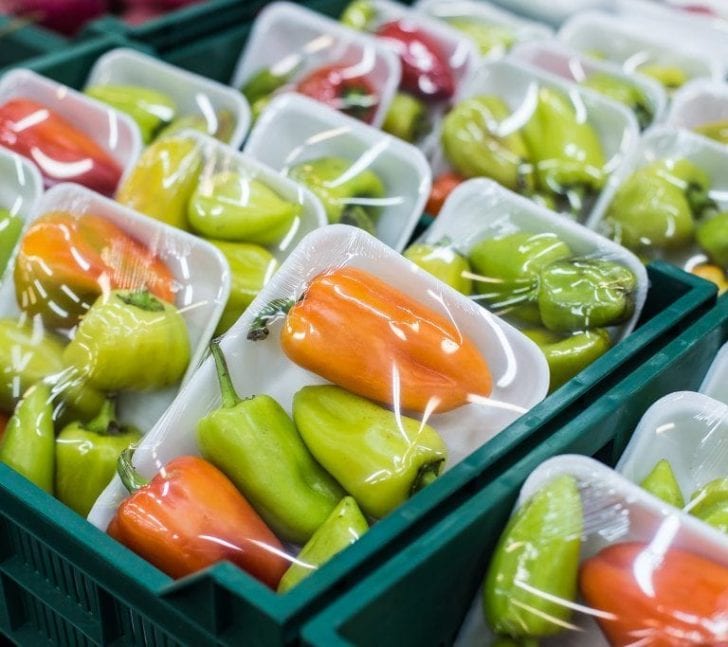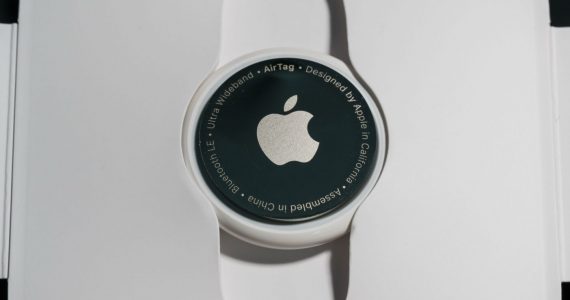‘’Forever Chemicals’’ found in the bloodstream of 99% of Americans are heavily linked to cancer. Chemicals used in food packaging and containers end up in streams and oceans, contaminating the water supply.

Have you ever made popcorn or cup noodles in a microwave and wondered why the plastic bag does not burst, spewing liquid goo all over the insides of your oven? Or have you ever ordered a takeaway pizza and wondered why the oil doesn’t seep through the box and onto your dining table?
The answer in most cases is PFAS, a group of 4700 chemicals that are used in making food packaging, carpets, and upholstery, etc.
Discovered over 70 years ago, these chemicals were used to make materials that resist oils, heat, humidity, and stains which made them a perfect choice for manufacturing cooking utensils, food packaging, and disposable single-use cutlery.

For many years now, scientists and researchers have been vocal about the dangers posed by the usage of these chemicals in containers that we consume or cook our food in, since these chemicals break down extremely slowly and end up being washed down to river streams and oceans, contaminating our water supply.
PFAS has been heavily linked with immune system, thyroid, kidney, and reproductive disorders or even cancer in some cases.
This group of chemicals has been classified as a possible carcinogen with a half-life of 92 years in the open air and between 2 to 8 years in the human body.
In federal research conducted between 2003 and 2014 with 14,000 subjects, it was discovered that people who reportedly consumed microwaved packaged snacks like popcorn had four times higher levels of PFAS chemicals in their bloodstream compared to previous readings.

At Clarkson University, New York, a team of researches is hard at work in combatting the presence of PFA in water and in partnership with the US Air Force, have developed machines called plasma reactors which break the carbon-fluorine bonds in the chemicals and make them more easily bio-degradable.
The machines will only be effective for PFAS present in groundwater but the team is also working on a separate project that will enable us to treat PFAS in our soil.
Though these systems and processes at present require a lot of resources and are pretty expensive to implement, they are expected to eventually become even cheaper than our conventional water purification and filtration methods used today!




